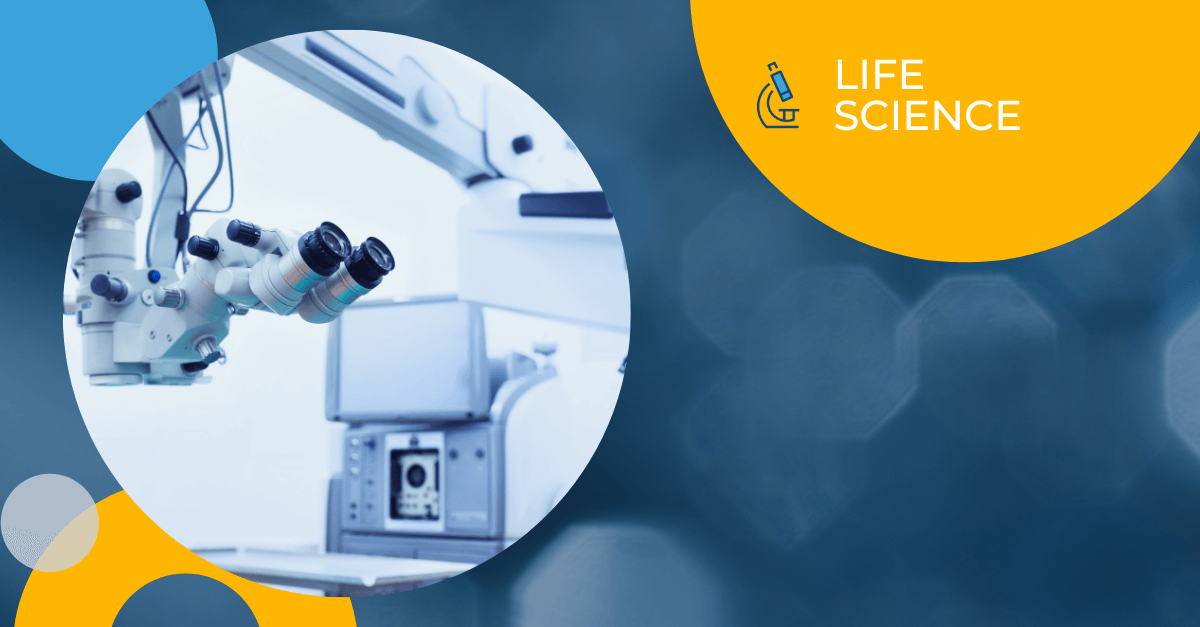For life sciences companies developing and distributing medical devices internationally, meeting the translation requirements set by regulatory bodies is a crucial step in bringing products to market. Regulatory compliance is a complex process that involves precise communication across languages, and translation plays a key role in ensuring that product information is both accurate and accessible for different markets. In this blog, we will cover the role of regulatory bodies in the medical device translation process, the specific requirements companies need to meet, and best practices for navigating regulatory expectations.
How Regulatory Bodies Impact Medical Device Translation
Regulatory bodies around the world establish guidelines that govern every aspect of a medical device, including its labeling, user manuals, safety information, and marketing materials. These guidelines are in place to protect patient safety and ensure that healthcare professionals and consumers have the information they need to use medical devices correctly.
When it comes to translations, regulatory bodies set standards for what must be translated, how translations should be conducted, and the quality level required for compliance. Failure to meet these translation requirements can lead to delays in product approval, fines, or even product recalls.
Key Regulatory Bodies and Their Translation Requirements
- FDA (United States)
The U.S. Food and Drug Administration (FDA) requires that medical device labels and instructions for use be easily understood by the intended audience. While the FDA doesn’t mandate translations for all medical devices, devices marketed to populations with limited English proficiency may require translations. In addition, clinical trial documentation and other regulatory submissions may need to be translated for review. - European Medicines Agency (EMA) and EU Regulations
The European Union has stringent translation requirements for medical devices. Under the Medical Device Regulation (MDR) and In Vitro Diagnostic Regulation (IVDR), companies must translate all labeling, instructions, and safety information into the official language(s) of each country where the device is marketed. Regulatory bodies in EU member states also conduct audits to ensure that translations meet their quality and accuracy standards. - Health Canada
In Canada, medical devices must have labeling in both English and French. Health Canada requires that all relevant information, including instructions for use and safety warnings, be provided in both official languages. This ensures that healthcare providers and patients in all regions of the country have equal access to important information. - National Medical Products Administration (NMPA) – China
The NMPA requires that all labeling, packaging, and user manuals for medical devices be translated into simplified Chinese. In addition, companies must ensure that these translations are accurate and culturally appropriate, as even minor errors can lead to misunderstandings and potential safety risks.
Challenges in Meeting Regulatory Translation Requirements
- Complex Medical Terminology
Medical device translations often involve highly technical content that requires specialized knowledge. Translators must be familiar with medical terminology, device functionality, and the specific requirements of regulatory bodies to ensure that the translated materials meet compliance standards. - Varying Requirements Across Markets
Each country has its own regulatory framework and translation requirements, which can vary significantly. Navigating these differences requires a thorough understanding of local regulations and the ability to adapt translations accordingly. This is especially challenging for companies marketing their devices in multiple countries simultaneously. - Quality and Accuracy Standards
Regulatory bodies require translations to be accurate, clear, and consistent. This means that companies must implement a rigorous quality assurance process to ensure that all translated materials meet these standards. Inaccurate translations can lead to misinterpretation of instructions, putting patient safety at risk and potentially resulting in regulatory action.
Best Practices for Navigating Regulatory Translation Requirements
- Work with Specialized Medical Translators
Given the complexity of medical device content and the stringent requirements set by regulatory bodies, it’s essential to work with translators who specialize in medical translations. These experts have the knowledge and experience needed to accurately convey technical information and ensure compliance with regulatory standards. - Implement a Robust Quality Assurance Process
Quality assurance is critical in medical device translation. A robust process should include multiple rounds of review, including bilingual revision and independent validation by subject matter experts. This helps to ensure that translations are accurate, complete, and meet the regulatory requirements of the target market. - Leverage Translation Technology
Using translation memory tools and terminology management systems can help maintain consistency across all translated materials. These tools store previously translated content, allowing translators to reference and reuse approved translations, which is especially important for meeting regulatory standards. Consistency in terminology helps to ensure that all product information is conveyed accurately across different languages. - Stay Informed About Regulatory Updates
Regulations governing medical device translations are subject to change, and it’s important for companies to stay informed about any updates that could impact their translation requirements. Partnering with a translation provider that closely monitors regulatory changes can help ensure that your translations remain compliant as new guidelines are introduced.
Why Choose Morningside for Medical Device Translation?
Morningside, A Questel Company offers specialized translation services that are tailored to meet the stringent requirements of the medical device industry. Our team of expert linguists has extensive experience in translating medical device documentation, ensuring that all materials are accurate, compliant, and culturally appropriate. We understand the complexities of international regulations and work closely with our clients to help them navigate the translation process effectively.
We also utilize advanced translation management technology to maintain consistency and quality across all translated materials. Our rigorous quality assurance process ensures that every translation undergoes multiple layers of review, providing you with the confidence that your documentation meets regulatory standards and supports patient safety.
The role of regulatory bodies in the medical device translation process is crucial to ensuring that products are safe, effective, and accessible to users in different markets. By understanding and meeting the translation requirements set by these regulatory bodies, life sciences companies can avoid delays, minimize risks, and ensure successful product launches around the world. Morningside’s expertise in medical device translation can help you navigate this complex landscape with confidence, ensuring that your products meet the highest standards of quality and compliance.
Contact Us Today
Need assistance with medical device translations to meet regulatory requirements? Contact Morningside today to learn how we can support your compliance needs with precision, expertise, and reliability.



